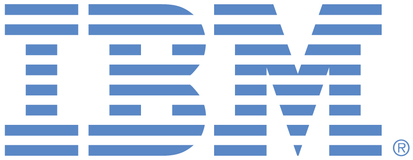
This portal is to open public enhancement requests for IBM Sterling products and services. To view all of your ideas submitted to IBM, create and manage groups of Ideas, or create an idea explicitly set to be either visible by all (public) or visible only to you and IBM (private), use the IBM Unified Ideas Portal (https://ideas.ibm.com).
Shape the future of IBM!
We invite you to shape the future of IBM, including product roadmaps, by submitting ideas that matter to you the most. Here's how it works:
Search existing ideas
Start by searching and reviewing ideas and requests to enhance a product or service. Take a look at ideas others have posted, and add a comment, vote, or subscribe to updates on them if they matter to you. If you can't find what you are looking for,
Post your ideas
Post an idea.
Get feedback from the IBM team and other customers to refine your idea.
Follow the idea through the IBM Ideas process.
Specific links you will want to bookmark for future use
Welcome to the IBM Ideas Portal (https://www.ibm.com/ideas) - Use this site to find out additional information and details about the IBM Ideas process and statuses.
IBM Unified Ideas Portal (https://ideas.ibm.com) - Use this site to view all of your ideas, create new ideas for any IBM product, or search for ideas across all of IBM.
ideasibm@us.ibm.com - Use this email to suggest enhancements to the Ideas process or request help from IBM for submitting your Ideas.

Similar requirement with CCD for upgrade jobs. Financial customers want to follow the principle of 4-eyes checking before changes are allowed to progress to production servers.
A variation on this is the ability (via LDAP groups) to limit user's functionality.
We use this within C:D Windows already so that a user typically only has 'select stats' type access and cannot change anything by default. With the correct LDAP (ie. Active Directory) group membership, they can have admin rights. Users can be added/remove from AD roles to limit what they can do. This is enabled within C:D Windows using group functional authorities which relate to AD groups.
To complete this, the groups that users are added to have 'timed access' where they are added to an AD group for a set amount of time then removed again. This access has to be independently approved and ties in with our Change Management solution.
For C:D z/OS, we have similar functionality; users are members of RACF groups which are checked by the security exit. Again, the groups are centrally administered.
It's not perfect; once a user has admin rights, they can do anything but it's huge improvement on what's available natively in ICC.
Change management procedures can vary greatly from one company to another. I believe change management standards regarding the use of Control Center to change items needs to developed/managed "in house".